The 10 most massive black hole findings from 2022
From "rogue" black holes cruising the cosmos to one of the oldest black hole ancestors in this universe, this year's findings truly sucked us in.
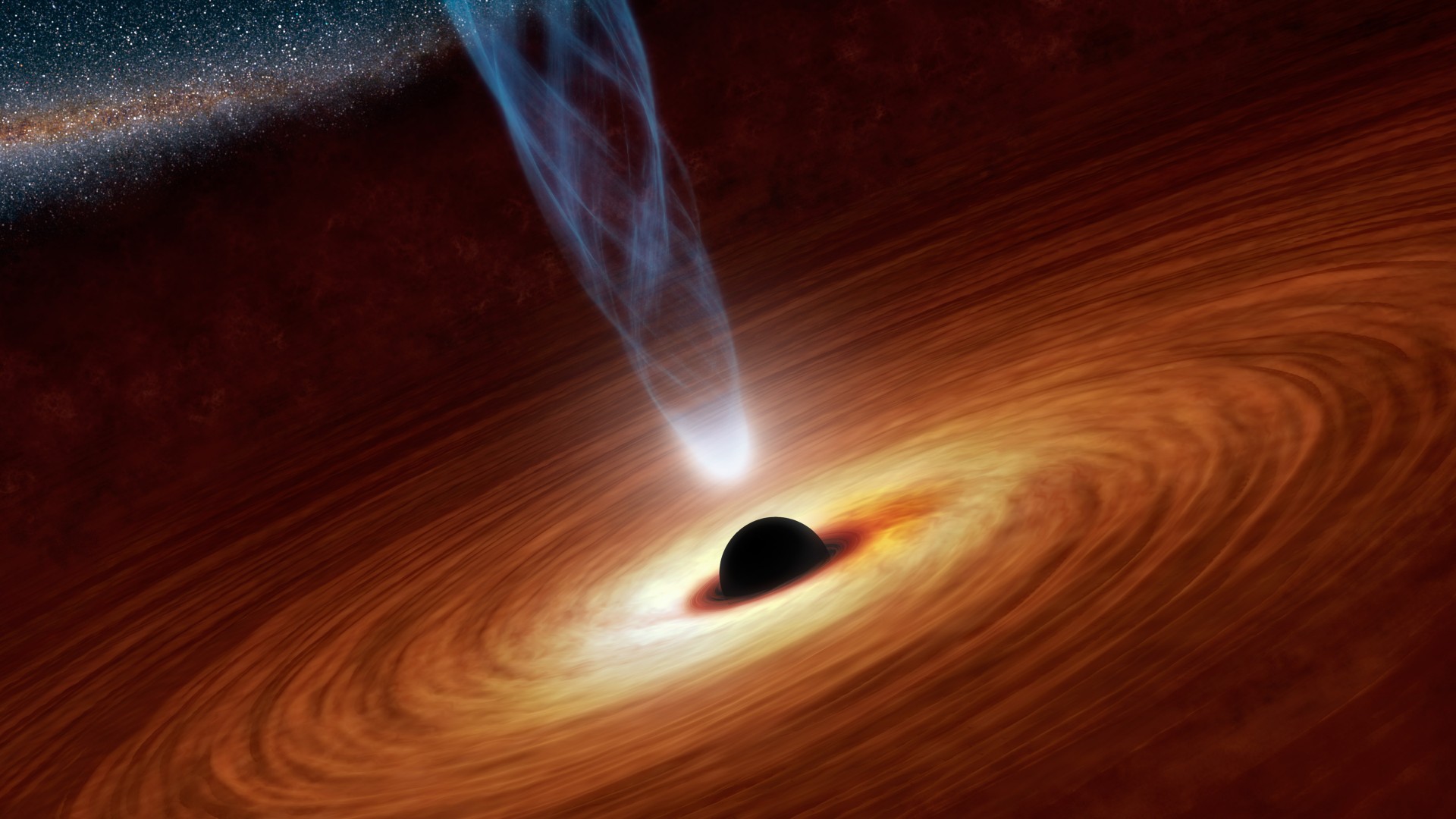
Black holes are scary beasts — objects so massive that not even light can escape their clutches.
In 2022, we learned more about these gravitational monsters than ever before — from the first direct image of the black hole "heart" at the center of the Milky Way to one of the earliest black hole ancestors ever detected in the universe. Here are 10 massive new findings about these cosmic vacuum cleaners that won't be sucked out of our brains anytime soon.
1. Black hole goes rogue
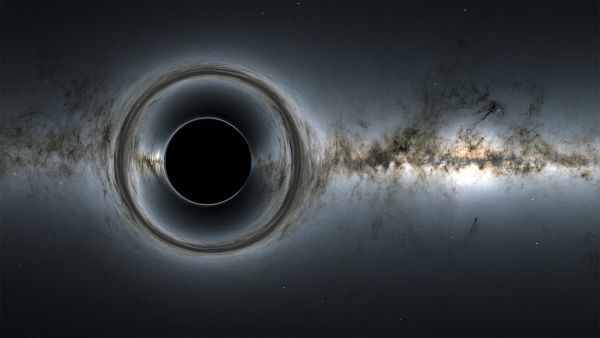
For the first time ever, astronomers have spotted a "rogue" black hole wandering the cosmos. Scientists have long predicted that stars between seven and 20 times the mass of the sun would eventually go supernova and then collapse into a black hole. But until now, scientists hadn't spotted such an isolated black hole. Using data from both the Hubble Space Telescope and ground-based eyes on the sky on how light bends around a black hole, astronomers finally detected a stellar-mass black hole 5,150 light-years away from Earth, in the direction of the bulge in the center of the Milky Way. This black hole is relatively lightweight, at around 7.1 solar masses.
2. 40 quintillion black holes in the universe
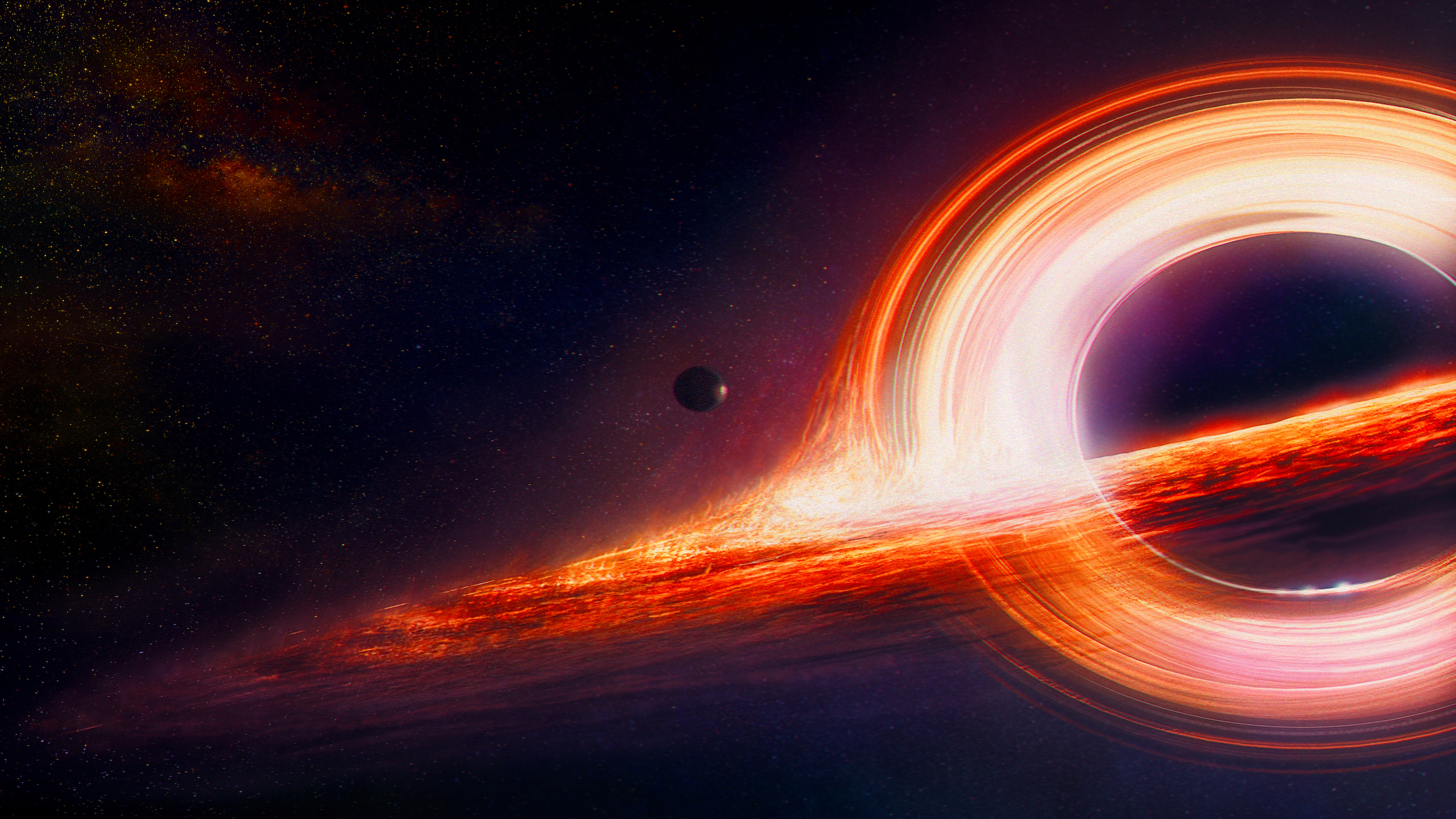
While the rogue black hole was a rare find, it likely isn't the only one in the cosmos. By looking at the distribution and mass of known stars in the universe, scientists have predicted there are 40 quintillion stellar-mass black holes lurking in the universe.
3. Newly crowned 'closest black hole to Earth'
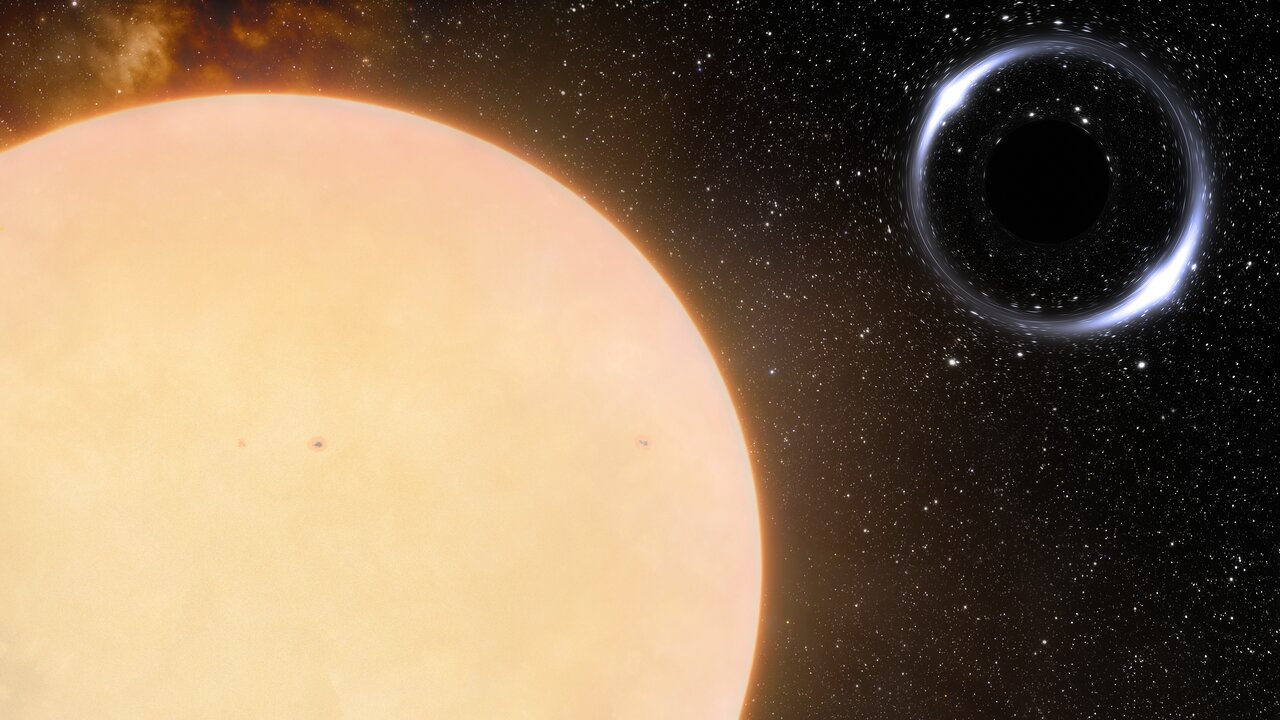
Earlier this year, astronomers learned that the closest black hole to Earth — discovered a scant 1,000 light-years away in 2020 — was actually an impostor. (A study found that the supposed black hole was actually two binary stars orbiting extremely closely to one another).
A few months later, a separate team of scientists crowned a new closest black hole to Earth, located 1,566 light-years away in the constellation Ophiuchus — right "in our cosmic backyard," according to the researchers. This black hole, with a mass roughly 10 times that of Earth's sun, is unlikely to be an imposter; confirmed with multiple satellites and observatories, the nearby behemoth has been proven "beyond a reasonable doubt," the researchers said.
4. The blazing-bright hole that swallows an Earth every second
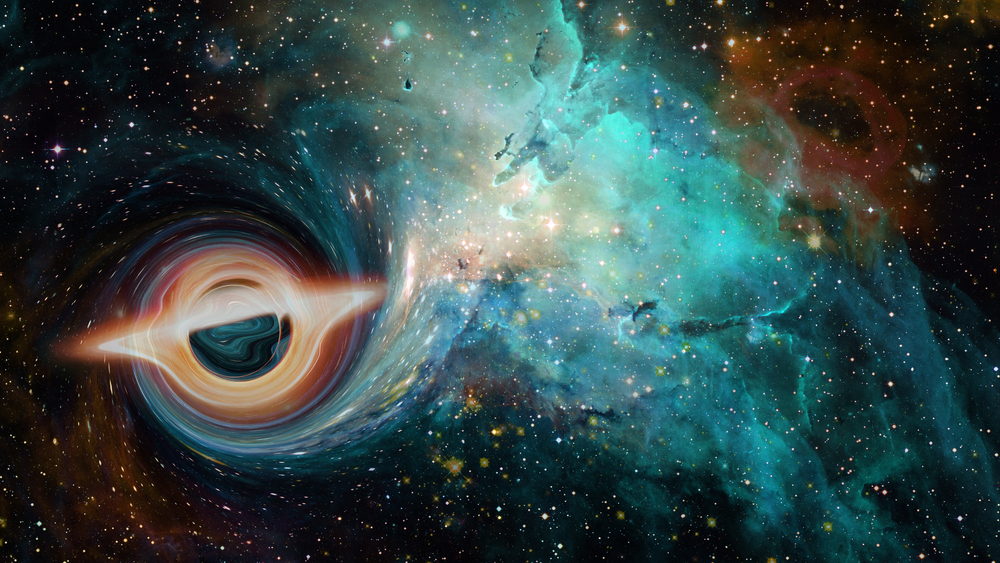
In other record-setting news, researchers detected the brightest and fastest-growing black hole known to exist in the last 9 billion years. The monster object is more than 3 billion times as massive as the sun, and it accretion disk — the ring of red-hot matter that swirls around it — is more than 7,000 times as bright as the entire Milky Way galaxy — it's so bright, amateur astronomers can see it from Earth with backyard telescopes. Just how fast is this cosmic giant growing? According to the researchers who discovered it, the black hole gobbles up an Earth's-worth of matter every single second. (Thank goodness this one is far, far away).
Sign up for the Live Science daily newsletter now
Get the world’s most fascinating discoveries delivered straight to your inbox.
5. A red black hole ancestor at the dawn of the universe
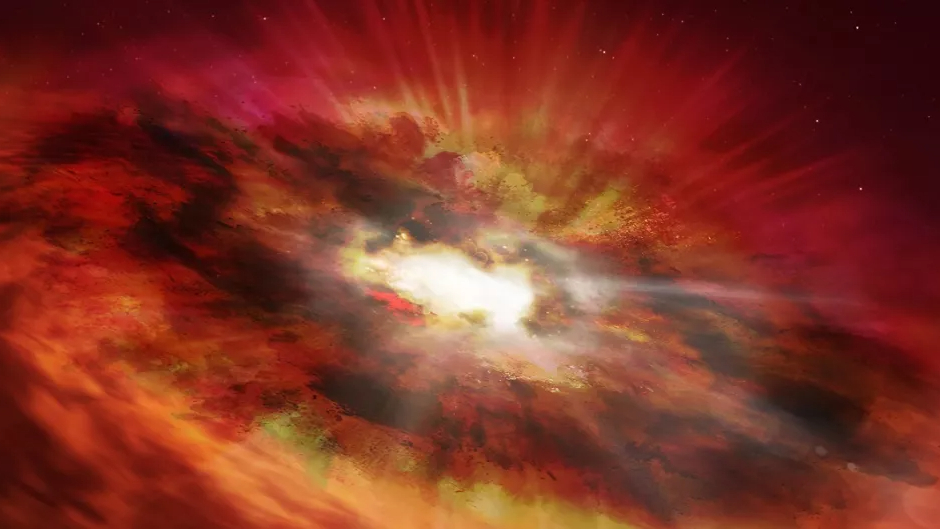
Even farther away — 13 billion light-years from Earth, to be exact — astronomers found the earliest evidence of a black hole birth at the beginning of the universe. Born just 750 million years after the Big Bang during an era called "cosmic dawn," the rare object is known as a transitioning red quasar — a bright, red speck of ancient light that appears to be a very early galaxy on the verge of collapsing into a supermassive black hole. These hybrid objects have long been predicted to exist from the early universe but never proven — until now.
6. Black holes may be ORC factories
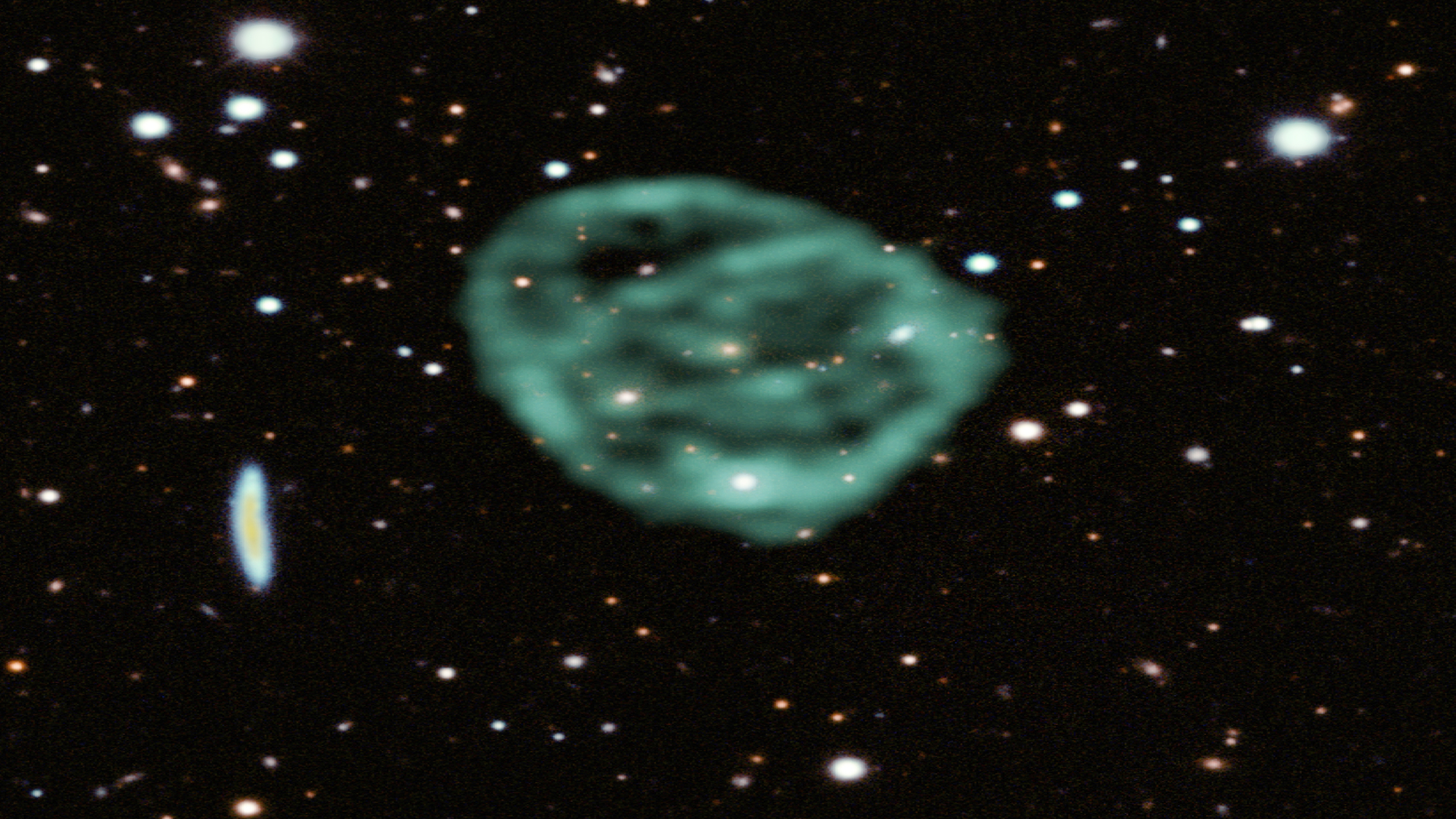
Odd radio circles — whimsically abbreviated ORCs — are mysterious green rings of radio light that can stretch more than 1 million light-years across. Astronomers first detected one in 2020, not quite knowing what to make of the enormous green blob. Now, a new study of five ORCs offers an important clue; they almost always seem to form around galaxies with supermassive black holes at their centers. One explanation is that ORCs are radio shock waves generated by gargantuan explosions around the giant black holes — but more research is needed to peg this theory down for sure.
7. A hidden black hole exposed by a massacred star
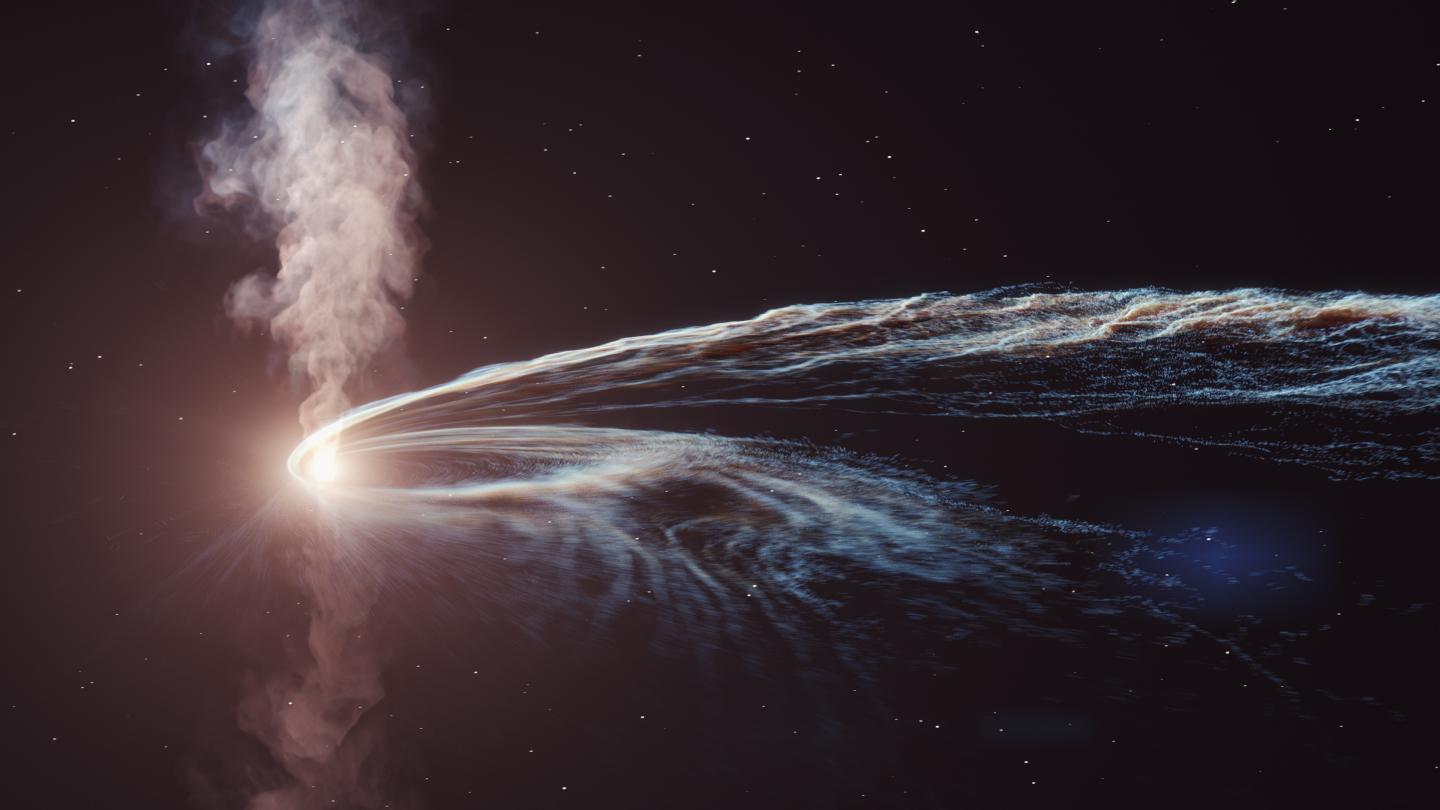
Scientists run plenty of surveys that are specifically aimed at uncovering black holes — but sometimes, a black hole likes to make a surprise cameo in the middle of unrelated research. Such was the case when a team of researchers looking for supernovas (the end-of-life explosions that occur when massive stars collapse) found evidence of a star that had been suddenly "spaghettified." Stripped of its outer layers and stretched into a long, noodle-like strand, the star was the clear victim of a close encounter with a black hole's superior gravity. Sure enough, the star's discovery led the team straight to a previously unknown intermediate-class black hole — a rare class of black hole with a mass between 100 and 10,000 times that of the sun.
8. Gravitational waves can 'see inside' black holes
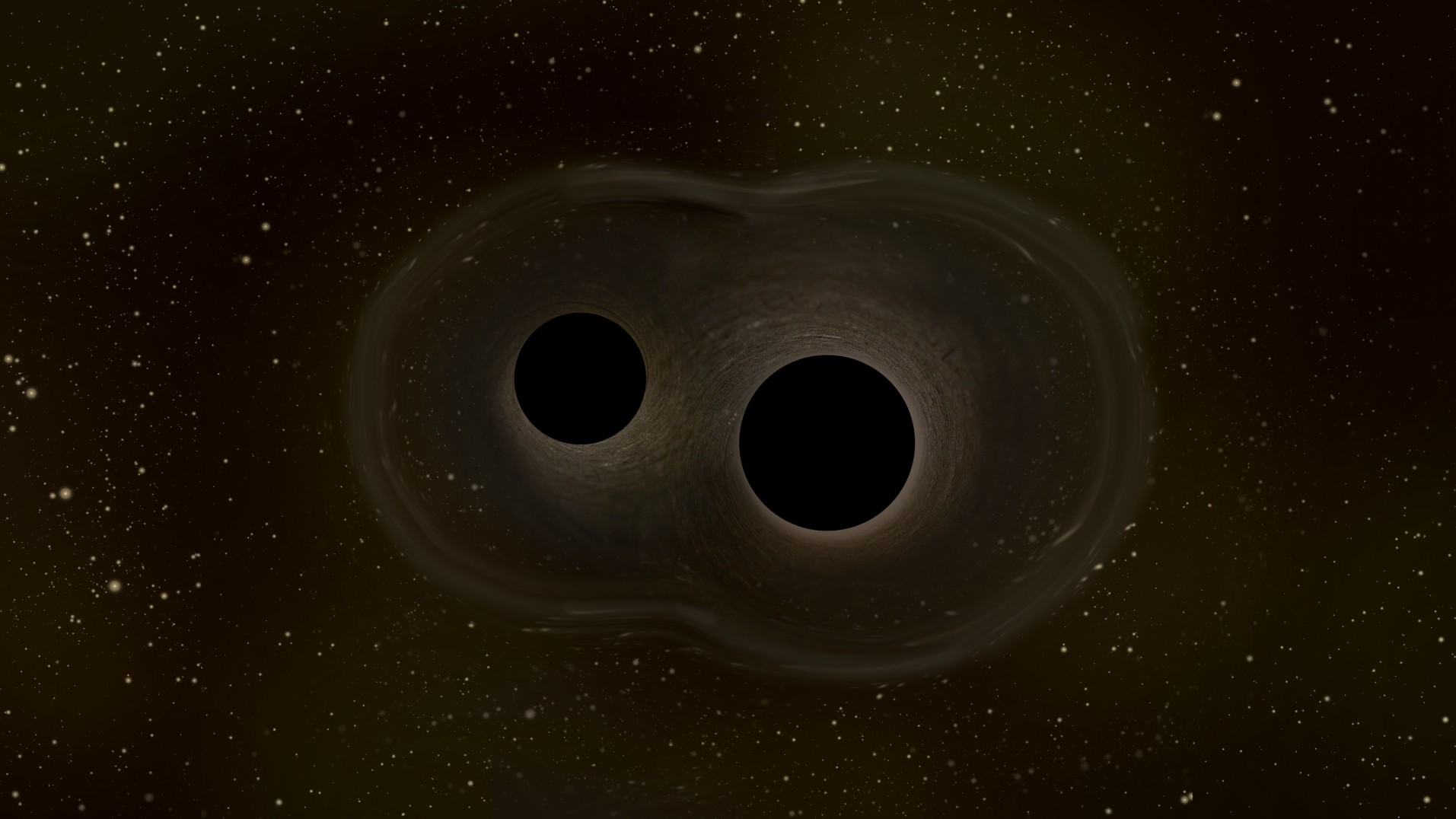
When black holes collide, the results can be so catastrophic that space-time itself ripples. These ripples are known as gravitational waves, and for several years scientists have been using gravitational wave detectors to pinpoint the locations of the most colossal, colliding black holes. But these waves may serve a deeper purpose, a preprint study suggested earlier this year: By studying the ways gravitational waves evolve after a black hole collision, scientists may one day be able to determine what's inside those black holes — for example, whether or not black holes are infinitely dense singularities, or if it's possible to escape from one.
9. 500-light-year-long 'umbilical cord'
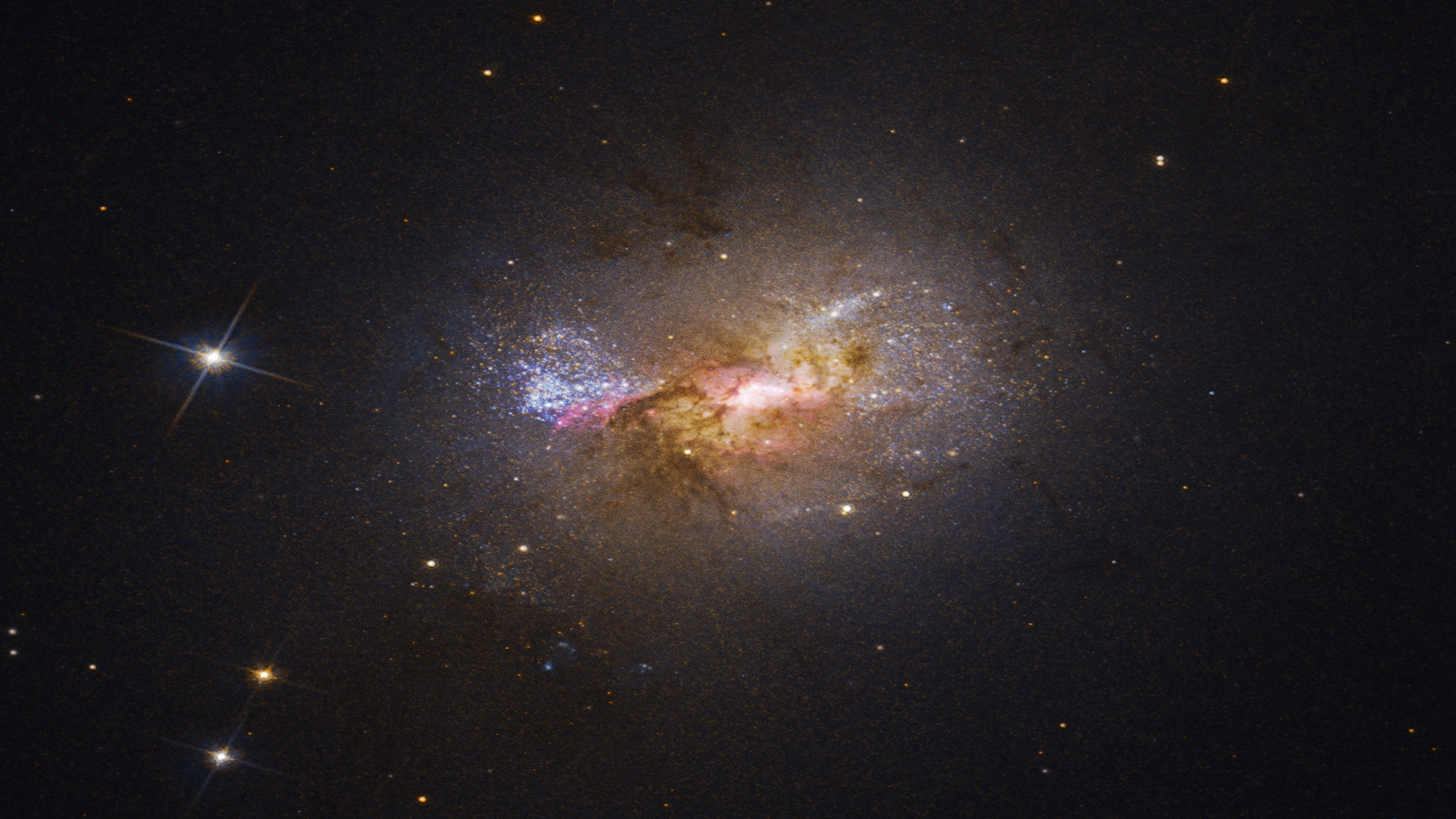
Black holes may be ravenous monsters, but they can also be benevolent life-givers. The Hubble Space Telescope spotted a supermassive black hole 34 million light-years from Earth with a long "umbilical cord" of gas and dust, which stretched from the black hole's edges to a dense field of baby stars hundreds of light-years away. According to NASA researchers, this jet of fast-moving, ionized gas is feeding new star formation in a nearby dwarf galaxy. Such a phenomenon has never been seen before.
10. The black hole at the center of our galaxy
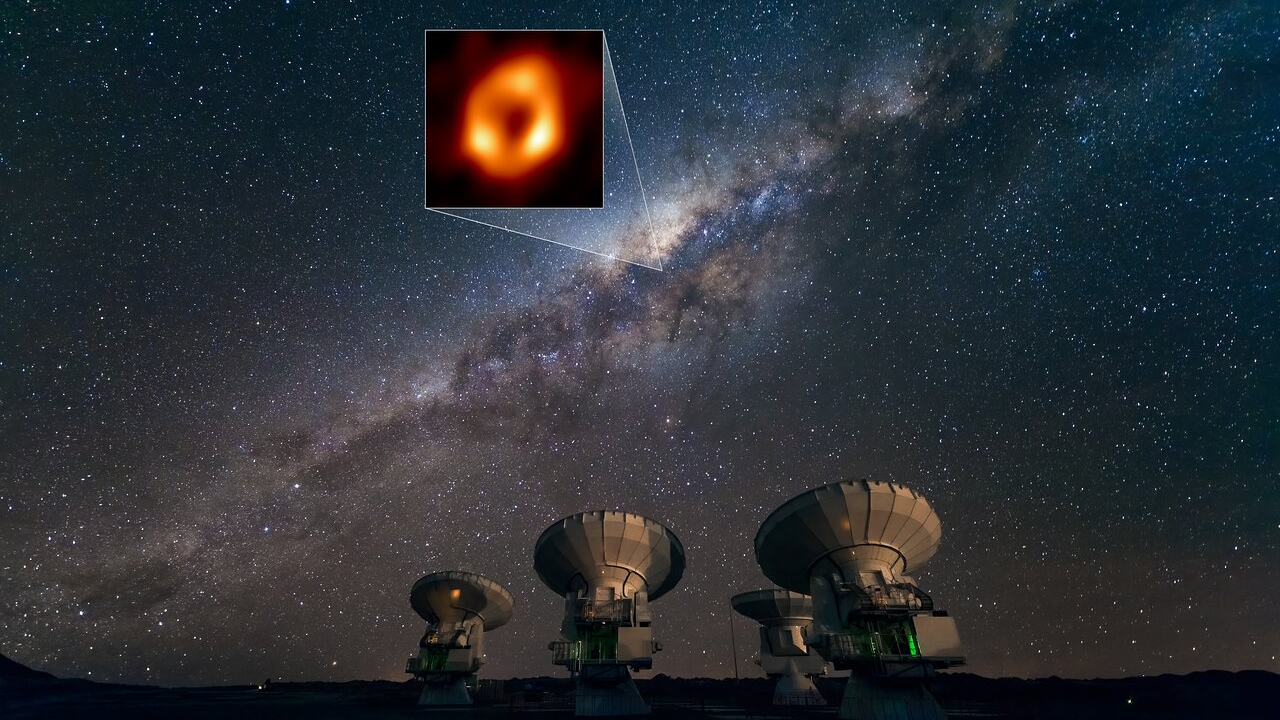
The Event Horizon Telescope, which famously shared the first direct image of a black hole in 2019, was hard at work again this year prepping a photo of the black hole at the center of the Milky Way, known as Sagittarius A*. Measuring about 4 million times the mass of our sun, Sagittarius A* serves as a gravitational keystone that holds our galaxy together. The debut image of our galaxy's supermassive "heart" looks very similar to the 2019 black hole image, despite being many times smaller, and it could yield many fascinating discoveries about the formation of black holes and the history of our Milky Way.

Brandon is the space/physics editor at Live Science. His writing has appeared in The Washington Post, Reader's Digest, CBS.com, the Richard Dawkins Foundation website and other outlets. He holds a bachelor's degree in creative writing from the University of Arizona, with minors in journalism and media arts. He enjoys writing most about space, geoscience and the mysteries of the universe.
- Tia GhoseManaging Editor









